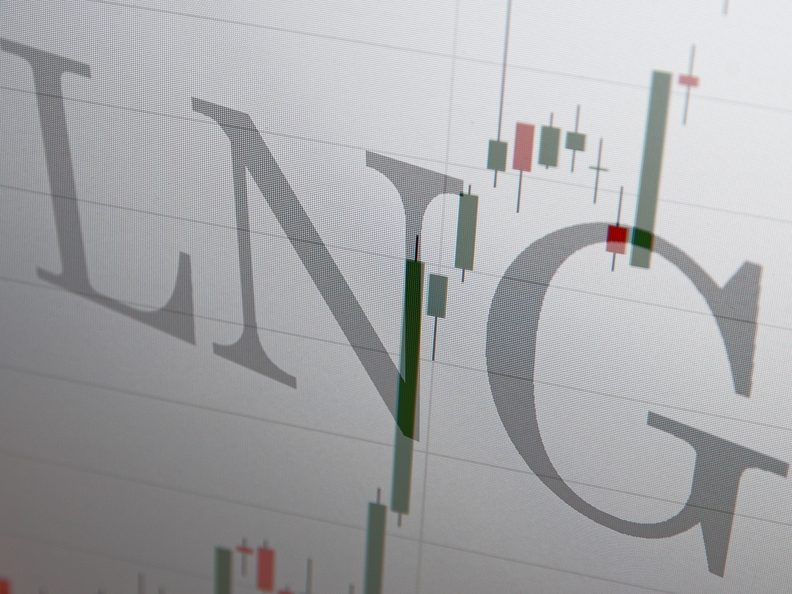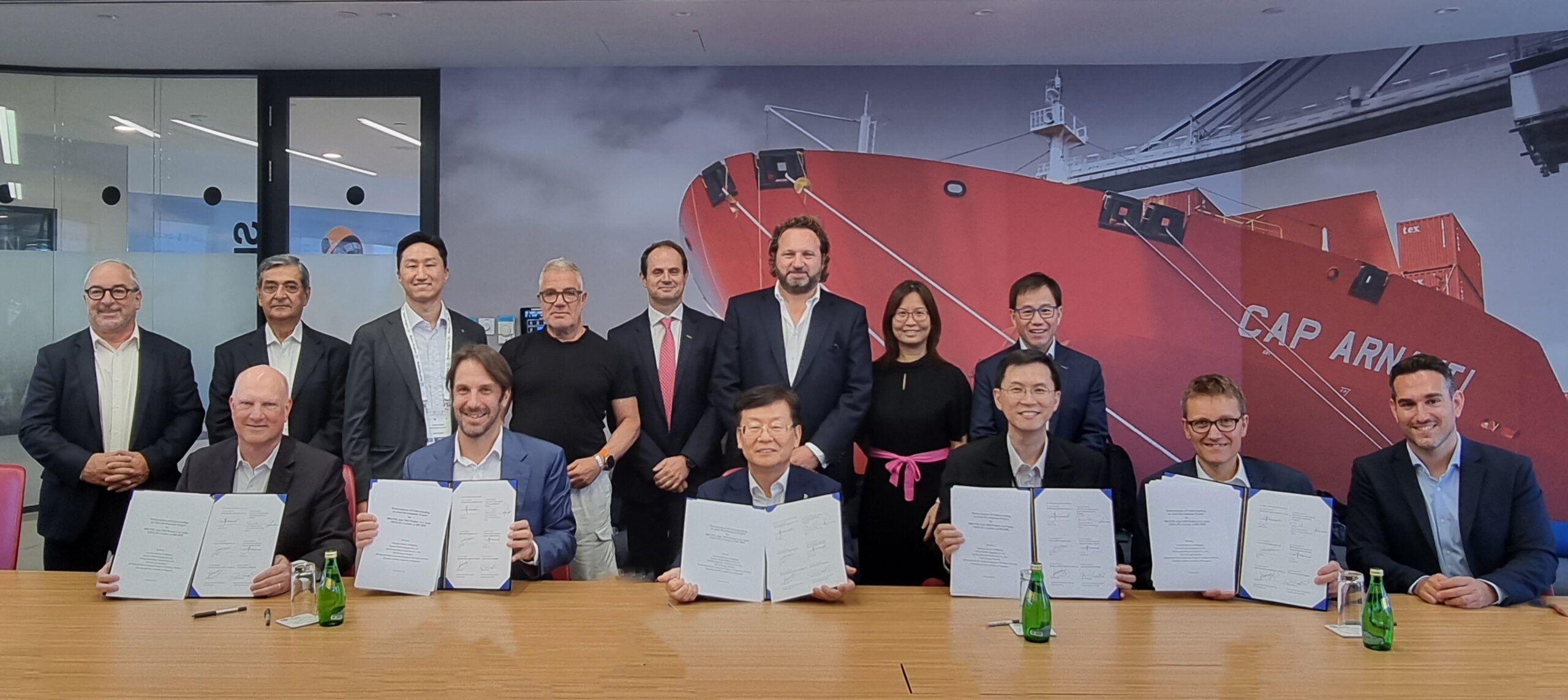THE number of gas-powered ships topped the 100 mark this month with the conversion of auxiliary engines on a Spanish ferry operated by Balearia Ferries in the Mediterranean.
Of those in service three have already been delivered this year. There are a further 36 LNG-fuelled newbuildings scheduled for delivery in 2017, with a total of 101 on order, with deliveries scheduled up to 2024.
What is noticeable about the orderbook compared to just four years ago is the range of vessels types which will soon be able to demonstrate LNG fuelled operations.
The list of gas-powered ships either built or on order includes car carriers, containerships, bulk vessels, various tankers, offshore vessels, an icebreaker, a heavy lift vessel and government response vessels.
The increase in the number of LNG powered ships has not been as rapid as many were predicting in 2007, the drop in oil prices and the decline in newbuilding orders were partly to blame for that, but the spread of vessel types is demonstrating LNG’s continued attraction.
The list, supplied to fathom-news.com by DNV GL, does not include other vessels being fuelled by gases, such as the Stena Germanica which uses methanol, and various tankers operated by Waterfront shipping. LNG carriers are also not in the list, many of them use their cargo boil off as a fuel.
Passenger ships, notably local ferries have led the way somewhat, with a gradual increase in size as experience was garnered.

Carnival-owned Aida Cruises took delivery of the Japan-built AidaPrima in 2016.
It has an auxiliary engine that is dual-fuel, albeit that it can only be used with LNG when in port and connected to an LNG fuel supply as the vessel has no LNG fuel tanks onboard. While AidaPrima is not included in the DNVGL list as it does not have the ability to run off LNG when sailing, it has been a useful step for Carnival.
Construction started this week on the first of seven cruise ships that German shipbuilder Meyerwerft has on order from various cruise lines of Carnival Corporation that will be gas-fuelled.
Of these seven, one vessel for P&O and two for Aida Cruises are to be built at the Meyer Turku yard in Finland, while two vessels for Carnival subsidiary Costa Cruises and two for Carnival Cruise Line are on order to be built at Meyerwerft’s Papenburg yard.
Meyer Turku also has two gas-powered vessels on order from Royal Caribbean, the new Icon class that will also be built with fuel cells.
DNV GL also reports that along with the increase in LNG fuelled vessels in service and on order, the number of locations able to offer LNG bunkering has grown to 57, with another 36 known to be planned. The number of dedicated LNG bunker vessels is also set to increase with the first one set to begin service soon in Northern Europe.
































